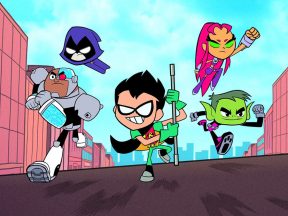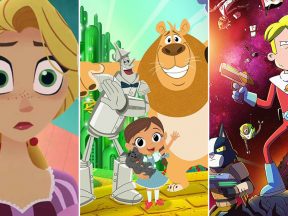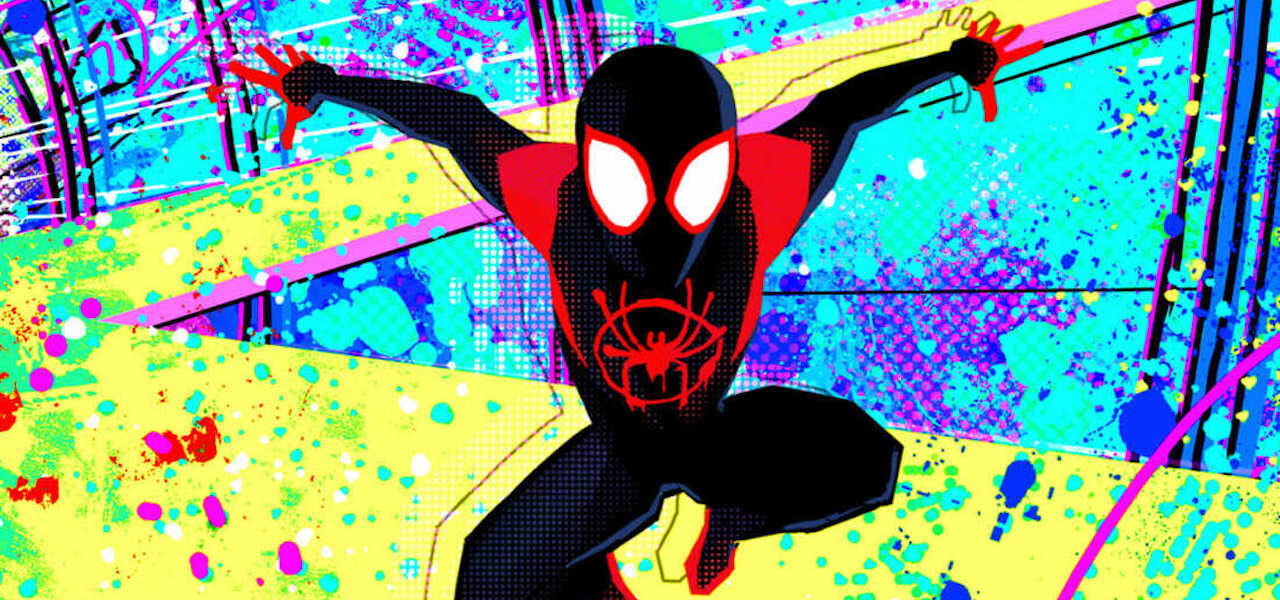
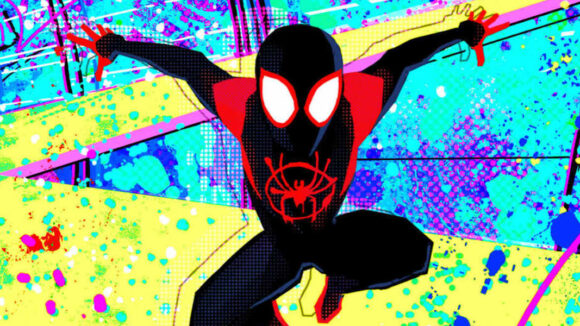
Vancouver, Canada’s Animation Powerhouse, Is Thriving In The Pandemic
Unlike Halifax and Ottawa — two Canadian cities I previously profiled for Cartoon Brew — Vancouver’s animation scene is not exactly a hidden jewel.
Since Al Sens started Vancouver’s first animation studio, Al Sens Animation Limited, in 1967, the city has been a hotbed of activity. It’s home to indie animators (e.g. Marv Newland, Danny Antonucci, Ann Marie Fleming, Bruce Alcock, David Fine and Alison Snowden), gaming companies (Ubisoft), schools (notably Emily Carr, Vanarts, VFS), and an impressive assortment of studios (e.g. Mainframe, Atomic, Bardel).
These days, the scene continues to flourish, with newer studios (e.g. Titmouse, Kickstart, Wildbrain, Atomic, Slap Happy, Big Bad Boo) joining the old. To get a better sense of just how things are going, I’ve cobbled together a few voices from studios, unions, and schools.
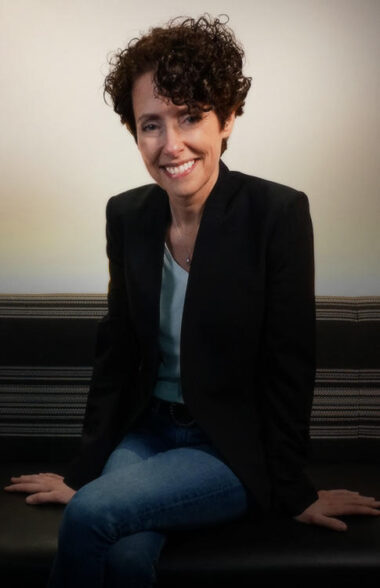
What pandemic?
The pandemic has not hurt animation production in the city. In fact, it might have increased it. “We’re actually coping surprisingly well during this pandemic,” says Michelle Grady, executive vice president, Sony Pictures Imageworks. “We were able to get 750+ people safely working from home in a very short period of time. Because of the quick actions of our technology, production, and facilities teams, we barely missed a beat in our transition.”
Atomic Cartoons’ executive vice president Trevor Bentley concurs: “We’ve been able to transition to a ‘work from home’ model. Now that our teams have the technical bumps smoothed out, it seems like we’re in a bit of a rhythm. Other than that, the change is really around communication, both on a production level, but also just making sure people feel supported.”
Bardel Entertainment’s CEO Rick Mischel adds, “We’ve maintained a full production pipeline and haven’t experienced a slowdown in production schedules or deliveries. It’s certainly been a huge change from the norm. We’ve made sure artists have the resources they need and can continue to connect with the greater Bardel community through online platforms. It’s important that we maintain a positive work experience despite the current limitations.”
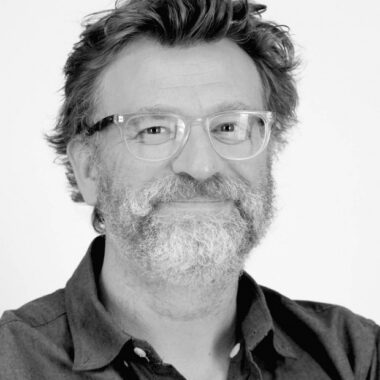
“I miss the social aspect of the studio,” says Global Mechanic’s creative director Bruce Alcock. “There’s a little less serendipitous ‘Oh that’s a cool idea’ or ‘Ha! I wouldn’t have gone about it that way — smart!’ or ‘Wow, I’ve never seen that film/technical approach/artists’ work’ than when you’re all sitting in the same soup. But the more peaceful vibe, and ability to be on or off work intensity in a more flexible/personal way, is feeling pretty good.”
All types of animation work
Like the rest of Canada, Vancouver has benefitted from the recent boom in animation, especially in terms of the insatiable appetite for streaming content. “There has been an ongoing buildup in production since about 2010 in Vancouver,” says Bentley. “With the addition of the various streamers, there are definitely more options to either place our original content or service other producers’ and broadcasters’ content.”
“There seems to be a lot of varied work on the go,” adds Alcock. “We’ve been moving more into hybrid projects that involve both animation and coding, which has been a great new direction. More diversity in general: documentaries, shorter and shorter forms of series production, art projects, interactive projects — it’s been good to stretch into new ways of thinking and making things.”
Grady mentions the range of animation studios in the city: some do episodic, other features; some develop their own IP, others focus on service work for Hollywood.
“Imageworks caters to both high-end cg features and live-action vfx,” she says. “We have benefited from increased production in both, and we are uniquely positioned to take advantage of the ebbs and flows of production between the two. While overall schedules are largely outside of our control, we try hard to get the timing right so that as many people as possible can move from one project to the next.”
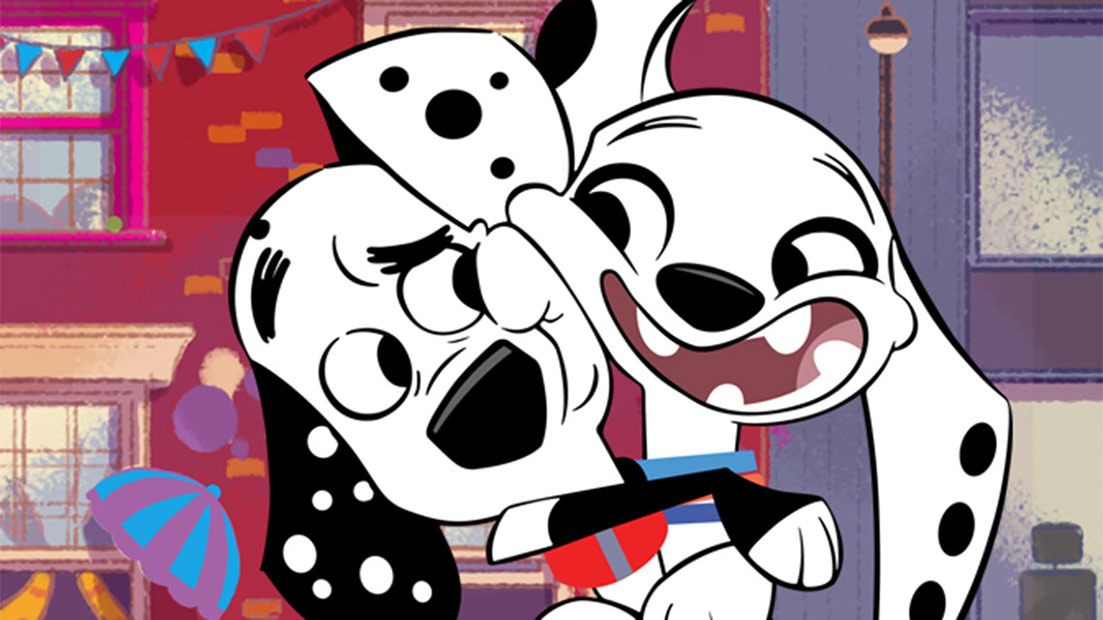
An opportunity for students
As the rest of the Canadian industry is realizing, this boom has led to unprecedented demand and competition for talent. “It always ebbs and flows,” says Alcock. “There are hundreds of students popping out of schools, but most students need to cut their teeth working their way up. And there are several larger studios, so plenty of places to start, and waves of hiring and firing as the big jobs turn on and off. As animation moves toward hybrid production, it’s the ones who are conversant with multiple modes of production who will get to be in greater and greater demand.”
Schools in the Vancouver area have noticed the increase in demand. Lorelei Pepi, assistant professor in animation at Emily Carr University of Art and Design, notes “an uptick in students who are being scouted earlier on through internships and co-ops, as well as recruited at portfolio reviews and the end-of-year graduate show. They’re also being hired more quickly [after] they graduate. School tours of the local studios are now a lot more informative and persuasive, with studios making a huge effort to build an attractive work culture.”
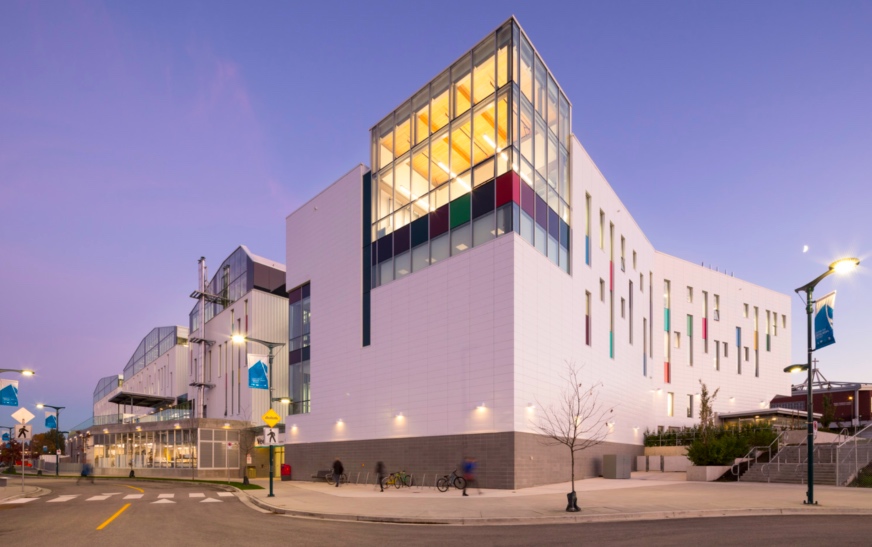
Don Perro, who teaches animation at Capilano University, says, “Our 3d animation program created a second cohort last year (from 25 grads per year to 50) and 2d animation doubled its intake a few years ago, specifically because Atomic Cartoons requested it and the time seemed right. Although we are regularly oversubscribed with applicants, our instructors really don’t want to get any bigger because the program would change. It’s like a close-knit family right now.”
“At Vanarts,” says the school’s communications manager Ken Priebe, “our full-time diploma programs are very specialized … Our students decide when applying whether they want to be a character animator, 3d modeler, or vfx artist … Local studios like hiring Vanarts graduates for this reason, and have told us they greatly appreciate the very focused, specialized training we’re providing.”
The push for unionization
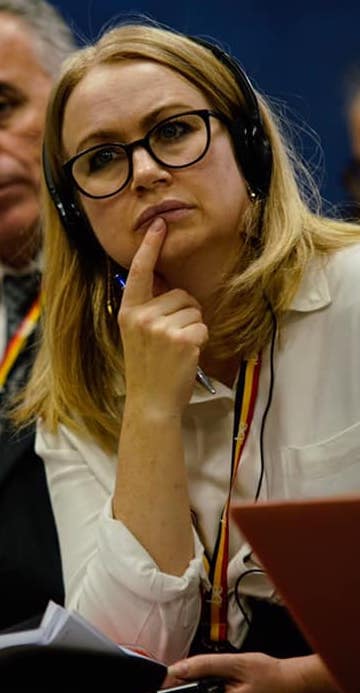
This thirst for talent could certainly play into the hands of employees. There are ongoing efforts to unionize animation industry workers in the country. “Our ultimate goal would be to see a thriving union for vfx, animation, and game workers,” says Jennifer Moreau, secretary-treasurer of Local 2000, a British Columbia chapter of the 300,000-member trade union Unifor. “While we’re not there yet, we’ve been helping workers behind the scenes with employer-related problems, like unpaid overtime, unpaid wages, and their basic rights under the Employment Standards Act.”
Moreau agrees that the increased demand for talent is a positive thing for more experienced workers. “From what I’ve heard, I think if you’re in demand, especially for senior artists, it’s easier to negotiate better terms, but the juniors don’t have that kind of bargaining power. That said, the best way to leverage bargaining power is through a union. That’s the whole point.”
Rival cities
There was a time when Vancouver, Toronto, and Montreal were the primary locations for animators in Canada. That has changed with the rise of communities in Halifax and Ottawa, but also with the increased ability to work remotely from almost anywhere. Now, Vancouver is one of the most beautiful cities in Canada, but it’s also ridiculously expensive to live in. Ottawa and Halifax might not have the same appeal, but they offer a higher quality of living.
Atomic’s Bentley has noticed this: “Vancouver is a great place to be in animation because of the diversity in opportunity. But if you are a grad coming out of Algonquin or Sheridan, it can be a bit daunting to move across the country or head to Toronto or Montreal if the cost of living is that much higher. We recognized this opportunity and opened a studio in Ottawa in 2018.”
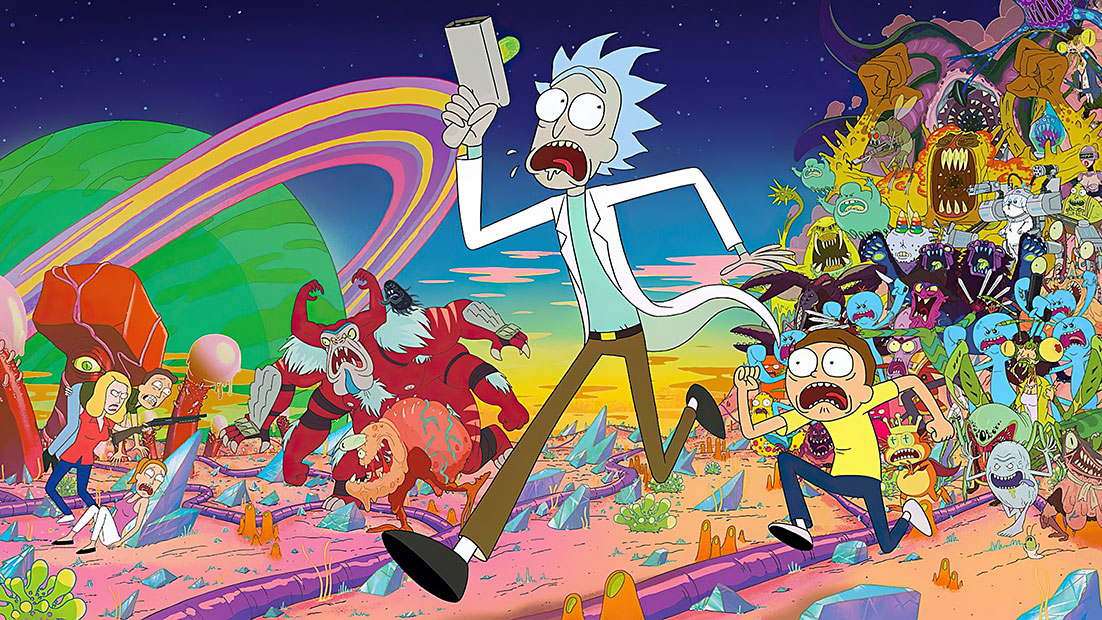
Tina Chow, senior vice president of development and production at Bardel, is confident that Vancouver will retain its edge: “Climate, outdoor activities, and the general lifestyle are all factors drawing artists to Vancouver. Moreover, because of the large number of animation and vfx studios, artists know that when a show ramps down at one studio, they can move to another studio that’s ramping up. So that creates more job security for artists.”
Even with the pandemic, there doesn’t seem to be any sign that this boom will taper off. “It’s so often the case with advertising, direct-to-client, and documentary work,” says Global Mechanic’s Alcock, “that the clients don’t really know much about animation and what it can bring to design, storytelling, and brand identity. Many of these clients are being pushed into animation because it’s possible now where live action isn’t.”
In contrast, Bentley sounds a note of caution: “The animation industry is cyclical … I feel like there will always be a demand for great content, but the level of demand may contract in the coming years, as we potentially see some consolidation and some attrition. From an artist’s perspective, now is a great time to get experience and learn as much as you can. From a studio perspective, now is a great time to chase opportunities. But be aware this isn’t forever.”
(Image at top: “Spider-Man: Into the Spider-Verse,” which was animated at Sony Pictures Imageworks in Vancouver.)

.png)
